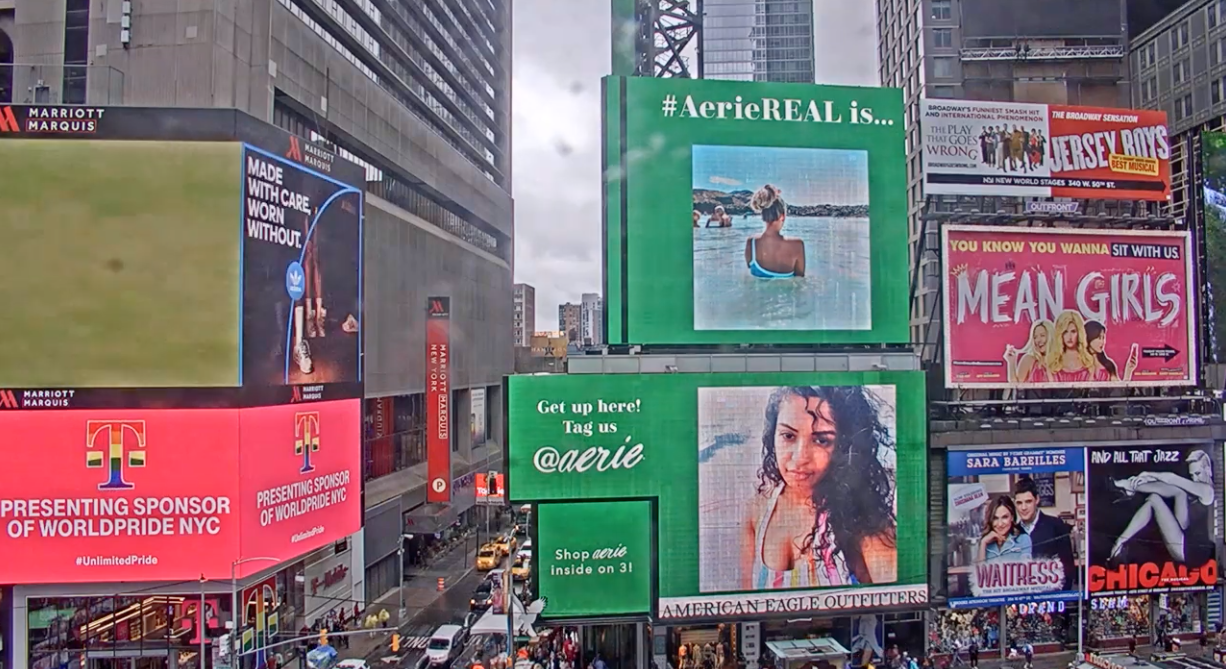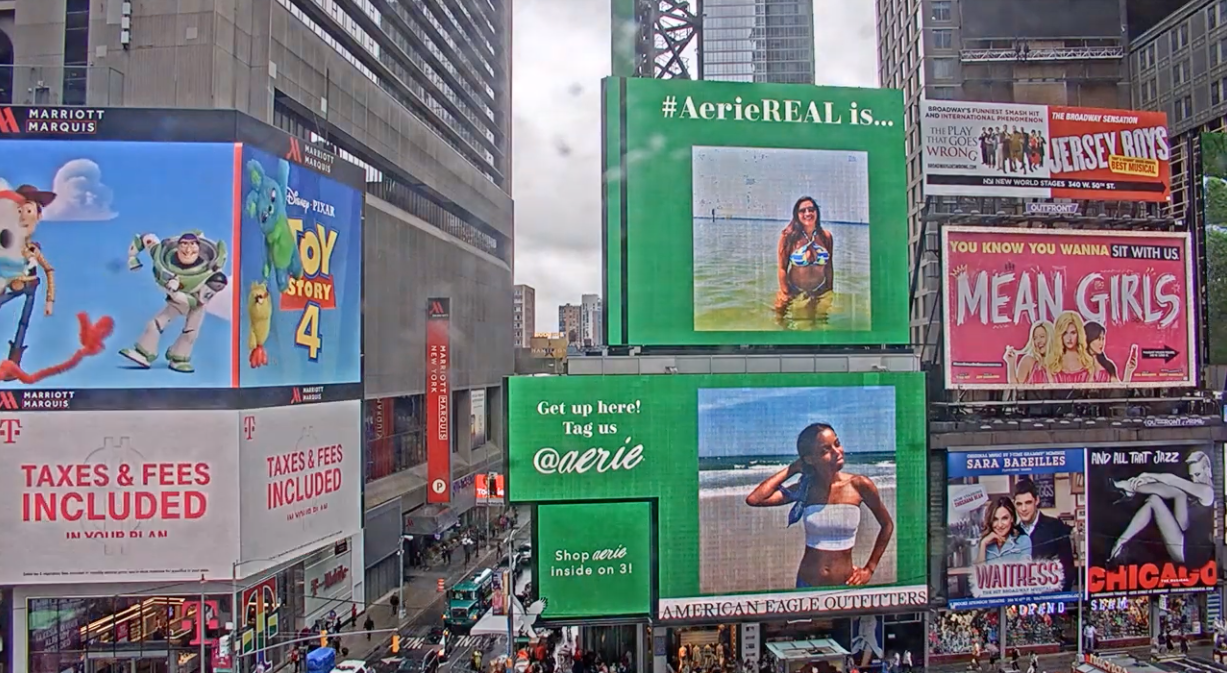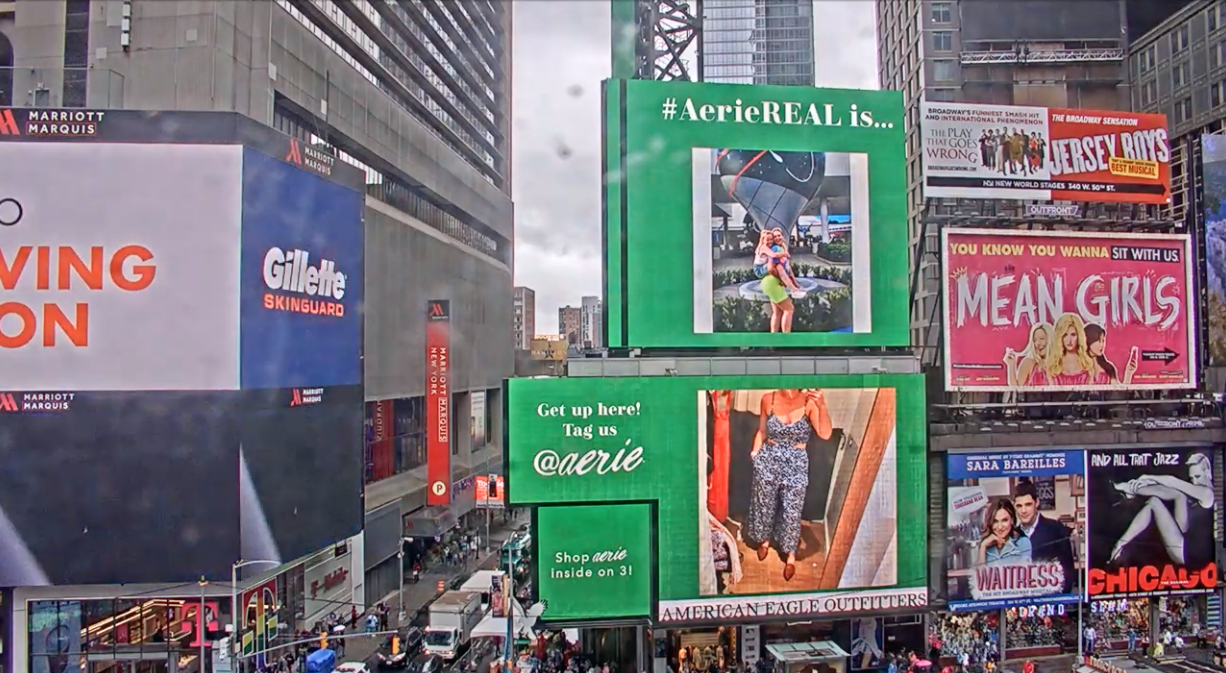Here are some relevant projects or events that I worked closely on throughout my career that don’t quite fit on the resume. But first… who am I?
Introduction
February 2023
South by Southwest - Speaker Panel
March 11, 2018
Increasingly people are skeptical and disillusioned with the way brands are engaging with them and flooding them with one-sided marketing messages. Brand trust and authenticity is at an all-time low - people want to be part of a story where they have the opportunity to build a positive, symbiotic relationship with brands that contribute to their identities. This session explores how brands can gain trust with co-creation strategies, ultra-transparent campaigns, and personalized design cues.
I presented the importance of User Generate Content (UGC) in a world where consumers recoil from traditional ads. Activating the customer in a trustworthy way is paramount and brands must use authentic methods. Advertising with authenticity and cogency is expected behavior.
User Journey Map Analysis
2019
Used the entire user journey, including sentiments to determine:
Larger stages of journey
Sub-stages
Involved teams at each stage
Processes
Documents
Systems
Identified critical functions/events at each phase change and mapped to user sentiment. From there, distilled critical information needed during these moments and defined system of record. Customizations implemented to house and display critical information. End result was a clear picture of customer needs at any moment in time.
American Eagle / Aerie Live Event
2019
American Eagle Outfitters sub-brand, Aerie, sponsored Solstice in Times Square: Mind Over Madness Yoga. Yogis from all over came to participate in Times Square. Across the street, American Eagle has a retail store above which they own the digital billboard. The goal was to collect User Generated Content (UGC) on the fly during the event, have it processed, curated, consent garnered, and displayed in a dynamically updated slideshow on that billboard. Interspersed among the event photos, it was requested to provide a feed of evergreen UGC.
Solstice in Times Square: Mind Over Madness Yoga
Aerie pops up at NYC’s annual ‘yoga party’ festival
With an average lead time of 6 weeks required for live events, we were given 10 days. I designed the flow to ensure rapid collection and engaged engineering teams to prioritize content. I enlisted the help of the SOW design team to build the visual slide show. I had the account manager and project manager work with the brand to to develop content curation guidelines, color scheme, and desired hashtag to begin the promotion. The moderation team worked directly with the economic buyer and brand champion to discuss timing, terms, and ensure relationship goodwill given the size and speed of the task.
We performed internal QA on the slideshow several days prior to the event and a billboard test two days prior. Due to rain, the participant count was underwhelming, but the slideshow performed as anticipated and deeply impacted the positivity of the relationship.
GDPR
2017/2018
As an organization that collected, curated, and displayed UGC, data privacy and the legislation that ensures it was critical to Olapic. There were changes to be made in policy, customer communication, the platform itself, and processes. The head of legal, engineering, account management, and me as the head of technical support worked to define every piece of data that was collected from customers and our customers’ customers, where it was stored and for how long, and the accessibility. From there, under the guidelines of GDPR we created changes to all of the above to be in the strictest compliance.
We created a path to be 100% GDPR compliant initially. We then decided to launch it at GDPR ready, enabling our customers to make the final determination on the level of compliance. We completed a hold harmless appendix to our contract, data privacy addendums, to state with clarity that we were the data processor and our brand partners were the data controllers.
I created and enforced all customer communications between us and each customer to define:
the new processes and data flow/storage/accessibility guidelines
the state of their data
the options to take
status of processing the options they chose
I also created and launched our right to be forgotten process and personally oversaw all requests.
Right to be forgotten
Signal VoC Webinar
2020
A Voice of Customer (VoC) mindset and approach is an important component in customer success. There is much to be learned from support. I delivered a webinar to an audience in the VoC customer success community on this exact topic. Some highlights are:
The advantages of incorporating Support data in your VoC program
How to extract critical feedback for Success, Sales and Product
Going beyond survey results to understand customer satisfaction
Support Organization Self-Assessment
2022
A core component to measuring success and charting growth is team based introspection. In 2022, I built a self-assessment scorecard to capture our ideal status and measure it against current status along with plans to achieve the ideal status. This framework created an opportunity to have near real-time clarity on all functions of the customer support team.
AI & Automation enabling scale & efficiency within support
2025
AI organization
With the rise of AI, there are opportunities to increase the speed of support, at scale. This begins with reducing manual, repetitive, data entry tasks required on receipt of new cases/tickets (called cases going forward).
On intake, all cases require house keeping details:
Type
Category
Priority
Account
Contact
Feature affected
Additionally, email intake creates messy trails of threaded messages and long titles.
Using an AI vendor, all case submissions are edited to properly fill out the above categories. The description is summarized into bulleted list of key points in addition to the raw submission giving the support agent an overview plus direct submission. Title is sanitized of all “Re:” and “Fwd:” and appended with [Client name]
Automation for routing and assignments using Skills-Based Routing
All support agents are assigned skillsets from a pool of 20 available. The list is loaded to the Salesforce Service Cloud profile of each agent. When cases come in, they are categorized using the above AI solution. The case categories and skillset categories are always at parity.
Rather than support agents choosing and cherrypicking cases, they click “Take next case” from within the unassigned queue. The automation gives the highest priority case (defined by SLA timers) that also matches the available skills of the agent to give them the next case on which they should work.
Knowledge Centered Service (KCS)
2025
Implemented KCS within the support team to accomplish several goals of:
Quicker time to resolution
Consistency of delivery of known good information/solutions
Upskilling team members at parity
Quicker time to value for new joiners
All team members are responsible for searching the KCS inventory of articles and using articles where appropriate to deliver explicit, non-tacit knowledge and information. In the absence of existing KCS articles, the agent owner of a case is expected to draft an article and have it published, pending review from a subject matter expert within that topic. Each member is given monthly targets for article creation based on average monthly case load with weekly check-in cadences.
Google Gemini is used to create a KCS Gem that houses all company specific information, formatting, and styling. This Gem guides the AI response to prepare a draft in line with the company’s expectations for style and quality. The output is saved as a KCS draft to be published by Support Ops. Revisions may be requested along the way as well. All members are also encouraged to update/improve articles as they find room for quality or outdated information according to newer releases.
In a 5 month timeframe, 15 agents created over 900 articles with roughly 10% of the repository in use to customers on a monthly bases. Single touch resolutions climbed through the use of KCS and average time to resolution fell for cases ingested with enough information to action without further discovery.






